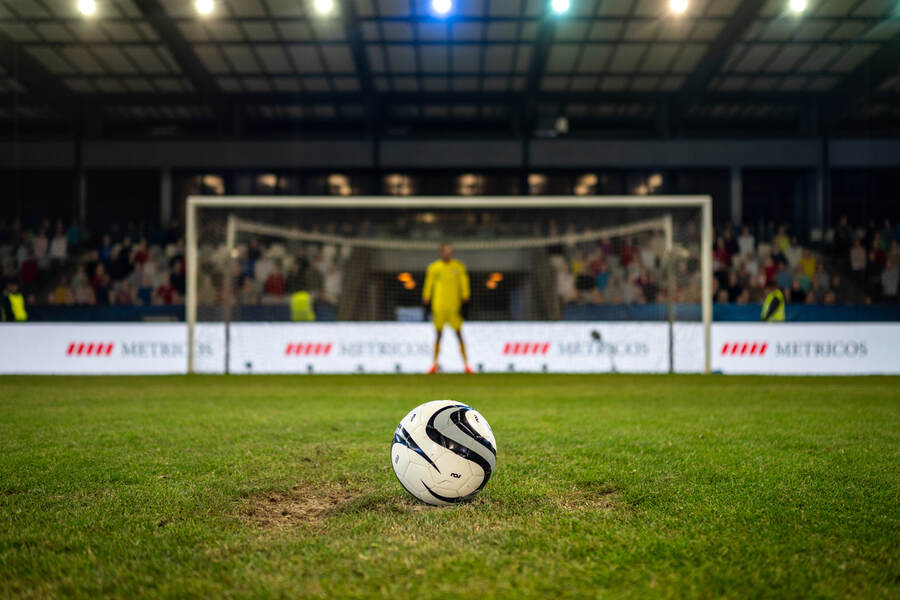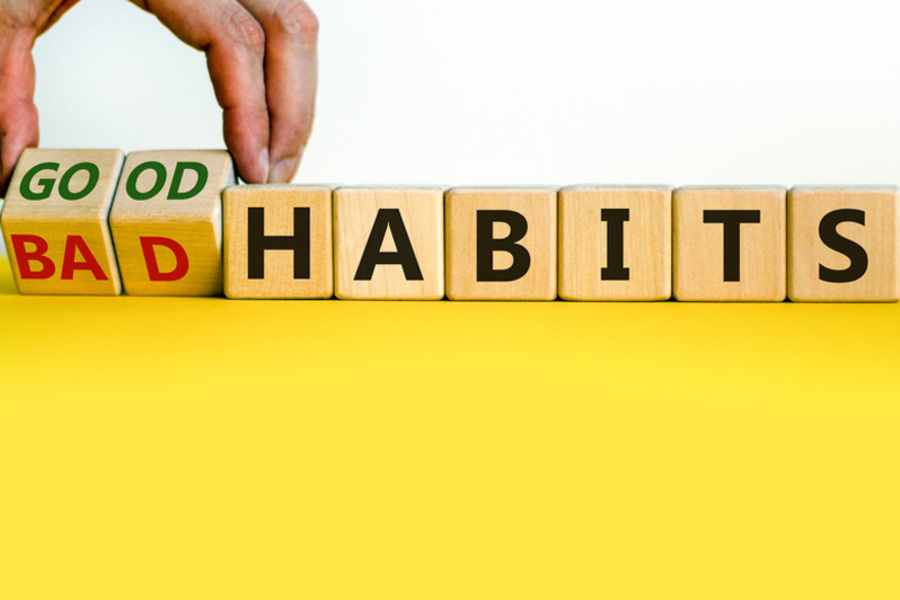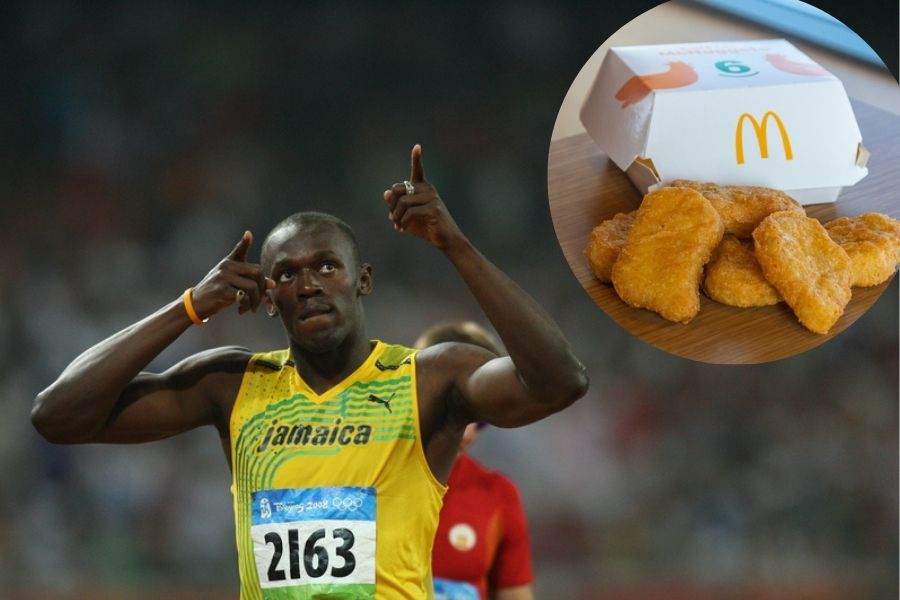Last week, one of my athletes walked into our session with a beaming smile. I already knew he had won a tournament, but something about this felt different. He had won before, yet this time, his excitement carried an unusual depth. Curious, I asked: “This one seems special. What’s different?”
He cracked the biggest smile I had ever seen and replied: “This was one of the best tournaments of my life. It wasn’t just about winning, it was how I played. In the finals, I was so in the zone that everything else disappeared. My focus was incredible, my body moved effortlessly, and my brain seemed to know exactly what to do. I’ve never experienced this before, and I loved it.”
I knew where this was heading, so I asked: “Do you realise what happened to you?” He paused: “Not really… I thought about it after the match, but I couldn’t figure it out. How about you help me understand this, because I really want it to happen more often?”
He was referring to the flow state. Athletes and non-athletes can both experience it, but rarely. It is a state of total absorption where performance feels effortless and automatic. This was researched in the 1960s by psychologist Mihaly Csikszentmihalyi, who wanted to understand the psychological state of artists who became so engrossed in their work that they lost track of time, hunger, and fatigue. Over time it was found that any creative and challenging task can enable the access to flow state.

Mihaly Csikszentmihalyi researched the flow state in in the 1960s to understand the psychological state of artists who became so engrossed in their work that they lost track of all else Shutterstock (Representational Image)
What is flow?
Some call it a runner’s high, others refer to it as “being in the zone” or “locked in”, while some simply can’t put it into words. But no matter what it’s called, those who experience it know exactly how it feels. It is an exhilarating state where everything just falls into place effortlessly. You almost feel like a superhero performing your favourite work. Seems almost magical, right?
So what’s the Google Maps direction to this magical state? Imagine a footballer dribbling past defenders or passing through the opposition with ease, without overthinking each move. They feel a strong sense of control over their actions as every touch on the ball is precise, every body movement is fluid, and every decision is instinctive. They are not self-conscious, i.e. they are not worried about the crowd, their appearance, or even the score at that moment. Their entire focus is on the game itself and their skills feel effortless. It almost feels like the brain switches to autopilot.
Flow state is a mental zone where a person becomes fully immersed in an activity, performing with intense focus and ease. Scientifically, this happens when the brain balances dopamine and norepinephrine, chemicals that boost motivation and attention. The prefrontal cortex, responsible for self-consciousness and decision-making, temporarily quiets down, making actions feel automatic. At the same time, the brainwaves shift to an alpha-theta state, similar to deep meditation, enhancing creativity and problem-solving. The challenge-skill balance is key — if a task is too easy, boredom sets in; if it’s too hard, anxiety takes over. But when just right, the brain locks in, time fades, and performance peaks.

Flow state is a mental zone where a person becomes fully immersed in an activity, like a footballer dribbling past opposition with ease, without overthinking each move iStock
Neuroscientists call this the transient hypofrontality hypothesis. Put simply, it means that during the flow state the prefrontal cortex (part of the brain behind your forehead) that is responsible for all the analytical processes, like planning and self-monitoring, temporarily shuts down and the brain activity shifts to the posterior (middle/back side) region of the brain that is responsible for more creative and automatic processing. Think of it like your brain shifts from overthinking and controlling every move (‘we need to do it’) to a state of effortless presence (‘just be in the moment’). This is why movements feel automatic and natural in the flow state.
Can normal people enter a flow state?
Yes! (Athletes are normal people, too! They are just good at some very specific things.) Most of us have experienced flow at some points. Think about the moments when you were fully immersed in your favourite activity, and there was also a slight element of competition pushing you to perform at your best. Flow does not happen by accident — it tends to emerge when the challenge is just right (not too easy, not too overwhelming) — the goldilocks zone.
It helps when we have a clear goal and when we are getting instant, constructive feedback on how we are doing. Combine that with deep focus, a strong sense of control over your actions, and not overthinking your competencies, and we can flow in tasks. The other thing we have to remember about flow is that it does not last indefinitely. It is a state, it stays for the duration of the task, and then recedes. The best way to explain flow is to think of it like the ocean tides. We just have to position ourselves perfectly in the beach where the view is the best, the tide will come and do the rest.
Dr Sahen Gupta is a Kolkata-born, India- and UK-based psychologist who divides his time between mental health support and high-performance coaching. As the founder of Discovery Sport & Performance Lab, he works not only with Olympians and other top-level sportspersons, but also with CEOs and other professionals striving for excellence. Dr Gupta’s mission is to simplify complexities of the mind into actionable and simple ‘doables’ that allow individuals to be mentally fit.












